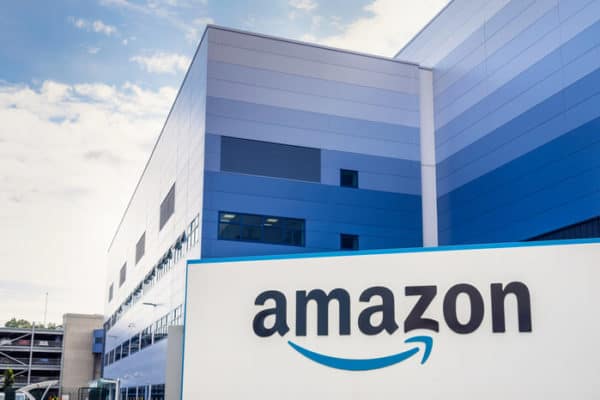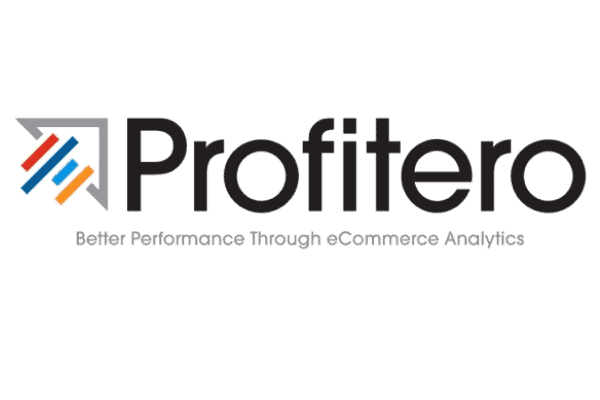Ecommerce Advertising—led by Amazon and Walmart—was already set to build on its meteoric growth this year as consumers sheltering-at-home purchased essentials online. According to The Skai Q1 2020 Quarterly Trends Report, year-over-year, spending on ecommerce ads increased by 47%. As marketers invest more into what is now the third-largest digital advertising channel, the challenge to significantly grow spend while maintaining efficient ROI has become an issue.
Yesterday, Skai announced a partnership with ecommerce analytics company Profitero aimed to meet these needs head-on. Together, our companies aim to bridge sales optimization with marketing optimization, creating unprecedented efficiency, and ecommerce growth. By factoring consumer purchasing signals in the algorithms used to drive ad targeting and bidding decisions, Skai’s automation technology can translate Profitero’s insights into real-time action and campaign automation.
The combined approach will help brands to proactively identify opportunities to scale while reducing wasted media spend by redirecting advertising spend on products, categories, and audiences most likely to generate the highest return.

Five Questions with Profitero’s SVP Strategy, Keith Anderson

We spoke to Profitero’s Keith Anderson to learn more about the company and how retail analytics can best be used to help ecommerce advertisers run successful campaigns.
Who is Profitero and what do you do?
Profitero is an ecommerce measurement and optimization platform helping more than 4,000 brands accelerate sales through online retailers.
Our suite of analytics helps brands understand how they’re performing, what’s broken, and how to win in areas like search, product content, reviews, pricing and promotions, and more.
What are some of the challenges in current ecommerce advertising and selling that marketers struggle with?
Ecommerce advertising is emerging as a critical driver of performance in one of the most important and fastest-growing channels. What’s attractive about it from a digital marketing perspective is that unlike Facebook or Google, your advertising on retailer sites can be more directly connected to purchases.
But it’s also fraught with complexity. Costs have been rising as bidding has become more competitive. Retailer media platforms are evolving seemingly by the week and products can see wild day-to-day and hour-to-hour swings in traffic and conversion rates. Without the ability to sense and respond at the pace of competition, many marketers are sub-optimally investing ad dollars.
In fact, we found that 60% of advertised products have below-average conversion rates which represents a significant opportunity to recover potential sales or lower costs without sacrificing performance.
What is the “digital shelf” and how should companies optimize it to their benefit?
In physical retailing, the “first moment of truth” happens at the shelf, when a shopper first encounters or interacts with a product in a store environment. For decades, brand manufacturers have developed sophisticated disciplines like Shopper Marketing for influencing consumers at these critical moments of truth.
The “digital shelf” is wherever a product is presented and for sale online, like a search result page or product detail page on Amazon. The digital shelf is increasingly where consumers browse, discover, and buy products—analogous to a physical retail shelf.
The digital shelf is creating new moments of truth with parallels to traditional disciplines, as well as important distinctions. The objectives are similar. Brands want their products to be easy to find and stand out. They want to build and preserve brand equity. They also know that none of that matters if a product isn’t in stock and available to buy. And, just like in physical retailing, there are proven approaches to attracting, engaging, and converting browsers to buyers. So, brands are deploying teams and tools to audit, analyze, and optimize how they’re positioned at the digital shelf.
Instead of endcaps, clipstrips, and shelf-talkers, digital shelf execution focuses on performance indicators like positioning in search results, positive product ratings, and complete, accurate, & compelling product content.
Why should brands that sell on retail sites like Amazon.com and Walmart.com view both their organic product performance and advertising-driven performance holistically?
In many channels, the relationship between earned and paid strategies is fuzzy. But in the context of commerce sites like Amazon.com and Walmart.com, paid media and organic performance are interdependent.
“Retail-readiness”—a product’s basic fitness to be listed and advertised effectively—can have big implications for how a campaign performs or if it’s permitted to be launched at all. For example, a product that’s out-of-stock or doesn’t convert may not be a great candidate for advertising. On the other hand, an item that converts well when shoppers see it but under-indexes on traffic is a great candidate for ads.
Profitability factors into retail readiness too. Selling a product online is a less profitable business given delivery costs and retailers will delist items that are unprofitable to ship, even if they are big sellers. Depending on business goals, brands may want to invest in advertising their profitable products, so they need to know about pricing trends too.
Optimizing for either paid or earned performance in a vacuum misses the opportunities and issues that get easier to see when you view a product’s positioning and performance holistically. Why pay for visibility if you’re already getting lots of organic traffic? How much better could your campaigns perform if your products had better “hero” images, a few more reviews, or a higher star rating?
It can be challenging to be as effective as possible if it takes weeks of work to answer these questions or a lack of coordination between the people trying to make progress.
How does Profitero’s new partnership with Skai help marketers to better manage their Amazon Advertising campaigns?
The partnership infuses Skai’s powerful enterprise marketing intelligence technology with Profitero’s granular product intelligence to maximize overall product performance on Amazon and other key retailers.
With these two complementary offerings, marketers can see the bigger picture, automate campaigns in new ways, and measure performance more effectively. For example, someone managing campaigns in Skai will be able to consider retail-readiness factors like stock availability and star rating and even automate actions based on factors like these.
Instead of managing retailer advertising campaigns in silos without insight into product performance, marketers can automatically count on their sponsored products being “retail-ready” with all the attributes of a product that will convert well and be profitable. Ultimately, brands can now scale retailer media budgets efficiently as costs continue to rise and outsmart competitors who will drain their budgets faster.
Do you have the right data to drive your commerce advertising programs?
Learn more about how the new partnership between Skai and Profitero can take your ecommerce campaigns to a whole new level.
You can also schedule a quick demo to see Skai Ecomerce in action and how the Profitero integration can help your team make smarter, more targeted ad buy decisions based on a holistic knowledge of their best-performing products across retailers.






